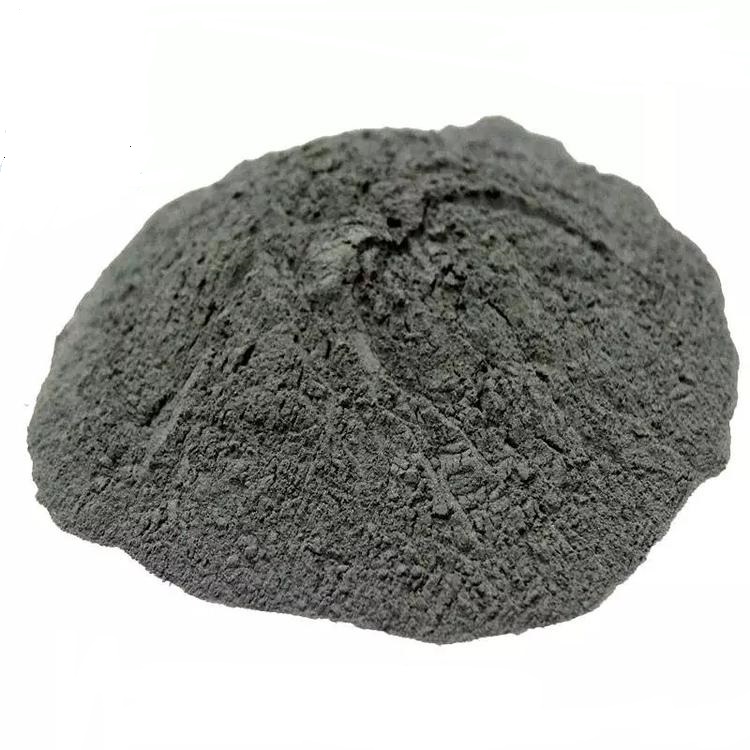

Germany develops new ultra-high-speed laser cladding technology more efficient than thermal spraying

It is not simple to protect parts from corrosion and wear. Standard techniques such as hard chrome plating, thermal spraying, and surfacing have their own limitations. Laser cladding is a relatively common alternative process, but due to the lack of plating rate and accuracy, it has not been widely used. The ultra-high-speed laser cladding technology will revolutionize the traditional coating preparation process. Dr. Andres Gasser of the Fraunhofer Institute of Laser Technology said: “Using ultra-high-speed laser cladding technology, we can complete the rapid preparation of large-area coatings in a short period of time. -0.25 mm adjustment, basically no damage to the surface of the workpiece. The difference from the ordinary laser cladding process is that the powder melts at a certain distance from the workpiece and is sprayed on the surface of the workpiece at high speed to form an extremely thin metallurgical layer.
Replace part of hard chromium plating technology
Hard chromium electroplating is currently one of the most commonly used technologies for the preparation of corrosion-resistant and wear-resistant coatings, but it consumes a lot of energy. Ultra-high-speed laser cladding technology now provides us with a more economical method. The processing process does not require the application of chemical raw materials and is very environmentally friendly. Unlike the electroplated chromium layer, the coating prepared by this technology is a metallurgical bond with the substrate, and the coating is not easy to peel off. In addition, the surface coating prepared by the ultra-high-speed laser cladding technology does not have the common pores and cracks in the hard chromium layer, and its protective effect is more durable and effective.
More efficient use of resources than thermal spraying
Thermal spraying technology also has its shortcomings. The powder material and gas consumption during the processing process is relatively large, and the material utilization rate is only about 50% at the maximum; and the bonding force between the coating and the substrate is weak. Because the coating prepared by thermal spraying has many pores, it must be prepared by multi-layer deposition (each layer is about 25-50μm thick). Compared with the thermal spraying method, the newly developed ultra-high-speed laser cladding technology has a material utilization rate of more than 90%, which significantly improves the utilization rate and economy of metal powder. Not only is there no pores in the single-layer coating, but it is firmly bonded to the substrate.
is faster than surfacing welding and has a wider application
surfacing welding is often used to produce high-quality, strong coatings. Traditional surfacing welding processes such as tungsten inert gas shielded welding or plasma arc powder deposition technology generally have thicker coatings (about 2-3mm) and consume a lot of materials. Although the conventional laser cladding technology can prepare thinner coatings (about 0.5mm-1mm), the efficiency is still too low when processing the surface of large parts, so it has only been used in some special fields so far. Another problem with this method is that a specific molten pool size is required to obtain a defect-free cladding coating: while the parts are partially melted, the powder is directly fed into the molten pool through the powder feeding nozzle. When describing the new ultra-high-speed laser cladding technology, Dr. Gasser emphasized that the key to the process is that "the powder particles are melted by the laser above the molten pool". This means that the powder material enters the molten pool in a liquid form, rather than a solid particle state, so the cladding layer will be more homogeneous; moreover, the amount of laser melting of the matrix material is very limited, only a few microns deep on the surface, Instead of the millimeter scale.
Ultra-high-speed laser cladding speed is 100-250 times faster than traditional laser cladding, which minimizes the thermal impact of laser on the substrate. Therefore, ultra-high-speed laser cladding can realize the coating preparation of heat-sensitive material parts. The traditional method has been impossible to achieve because of the high heat transfer. At the same time, this new process can also be used for new material combinations, such as the preparation of coatings on aluminum-based materials or cast iron materials.
Hot information

